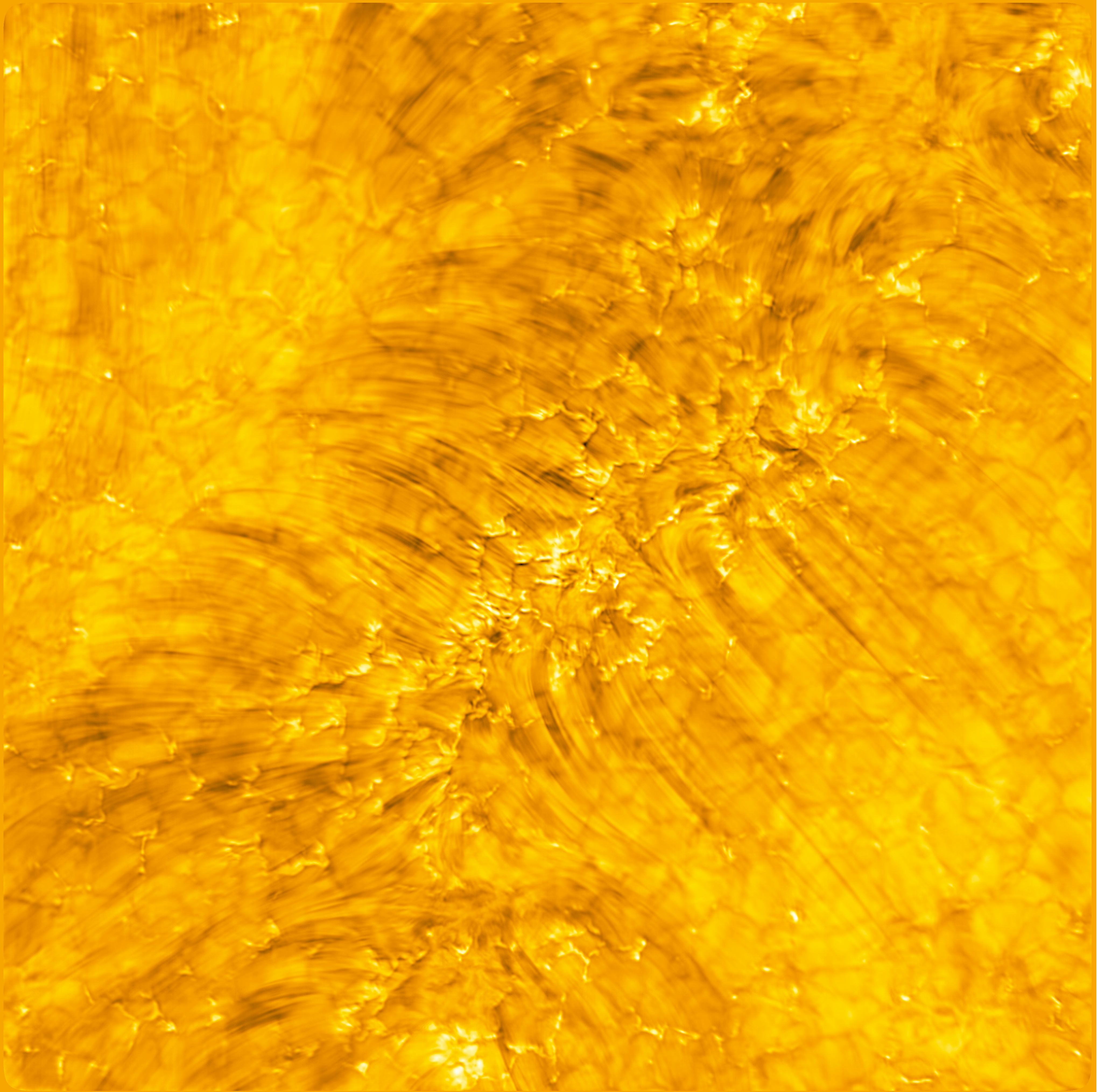
Staring at the Sun is generally a bad idea. But with the help of the world’s largest solar telescope, scientists have set their sights on the blinding face of Earth’s closest star for several years, yielding unprecedented views of its surface.
The first snapshots of the Sun captured by the Daniel K. Inouye Solar Telescope were released back in 2020. At the time, they were the most detailed photos of the solar surface ever taken.
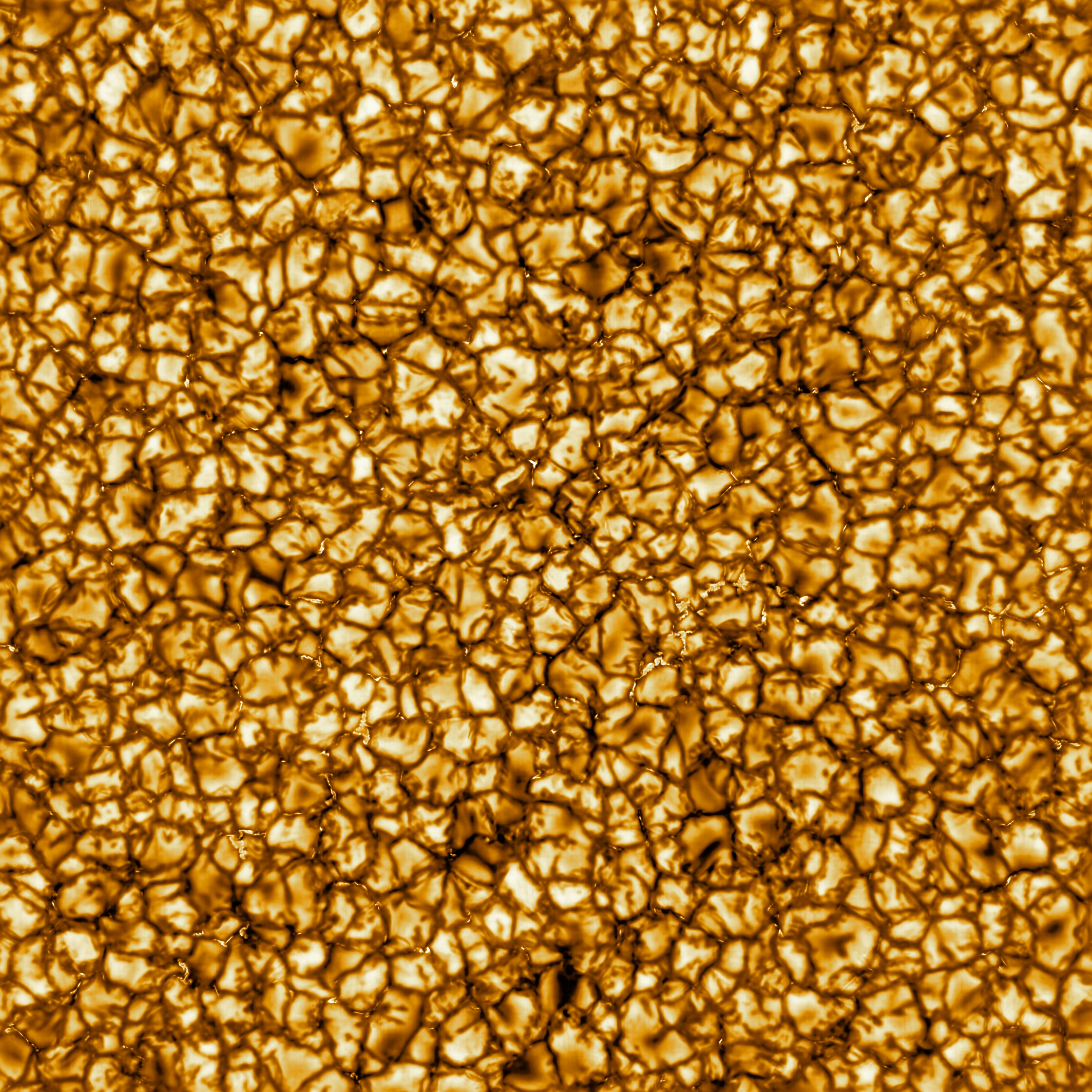
And that was just during the telescope’s early test phase. Currently, the Inouye telescope is in a transitory period where scientists are testing it out and slowly ramping up the telescope’s full range of capabilities. Each new observation of the Sun winds up more detailed and breathtaking than the last.
Such is the case with a set of new images released this week. Dark sunspots, churning plasma bubbles, and ethereal atmospheric fibers took center stage in the Sun’s latest highlight reel.
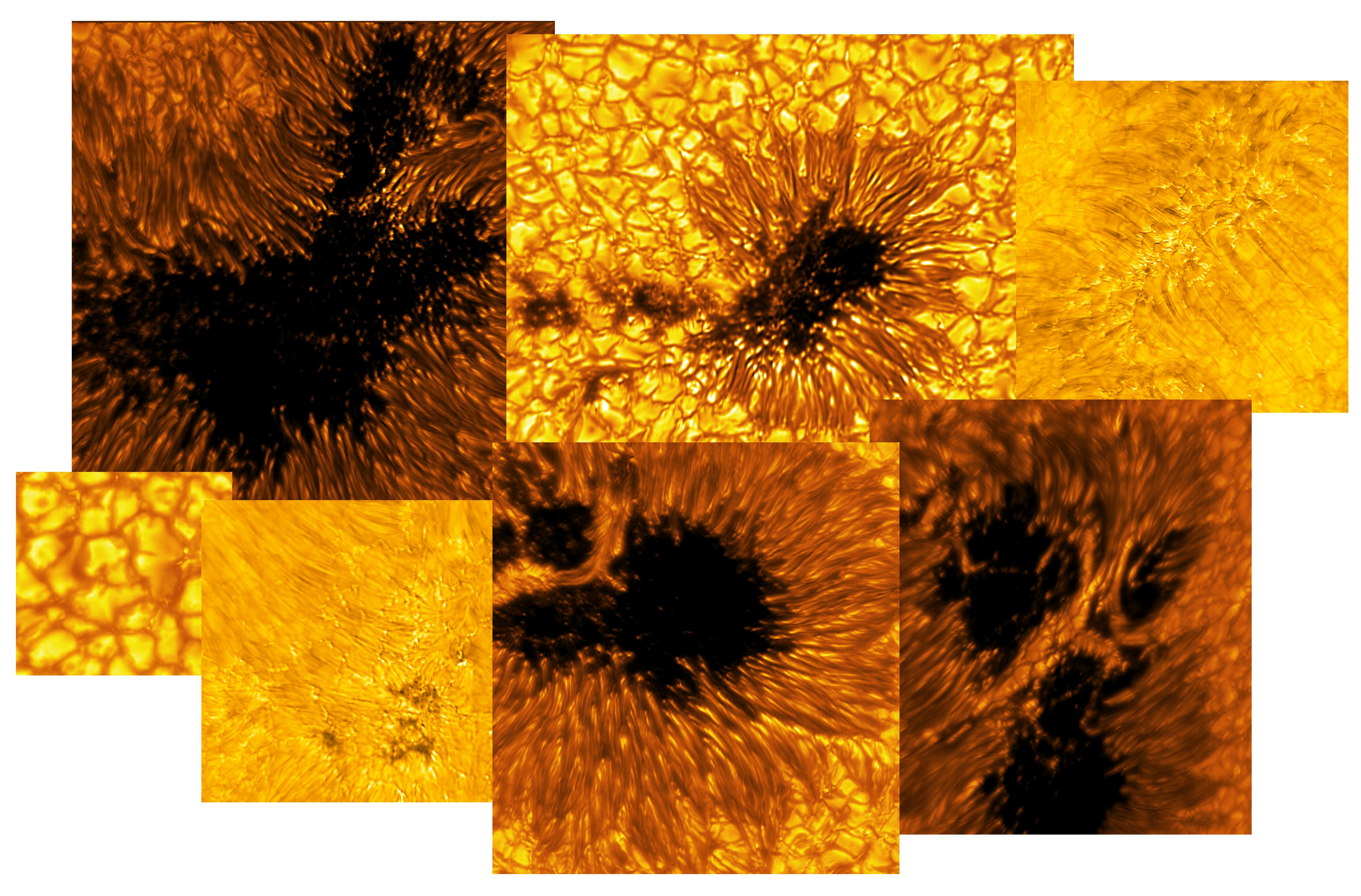
Zooming in on a sunspot reveals a tangled web of tentacles surrounding the dark umbra, or the shadow in the center where the magnetic field is extremely strong. If you look closely, there are also specks of light within the umbra, known as umbral dots.
And other images show a glowing strand of matter — known as a light bridge — traversing a sunspot’s umbra. These are believed to be the first sign of a sunspot’s eventual decay.
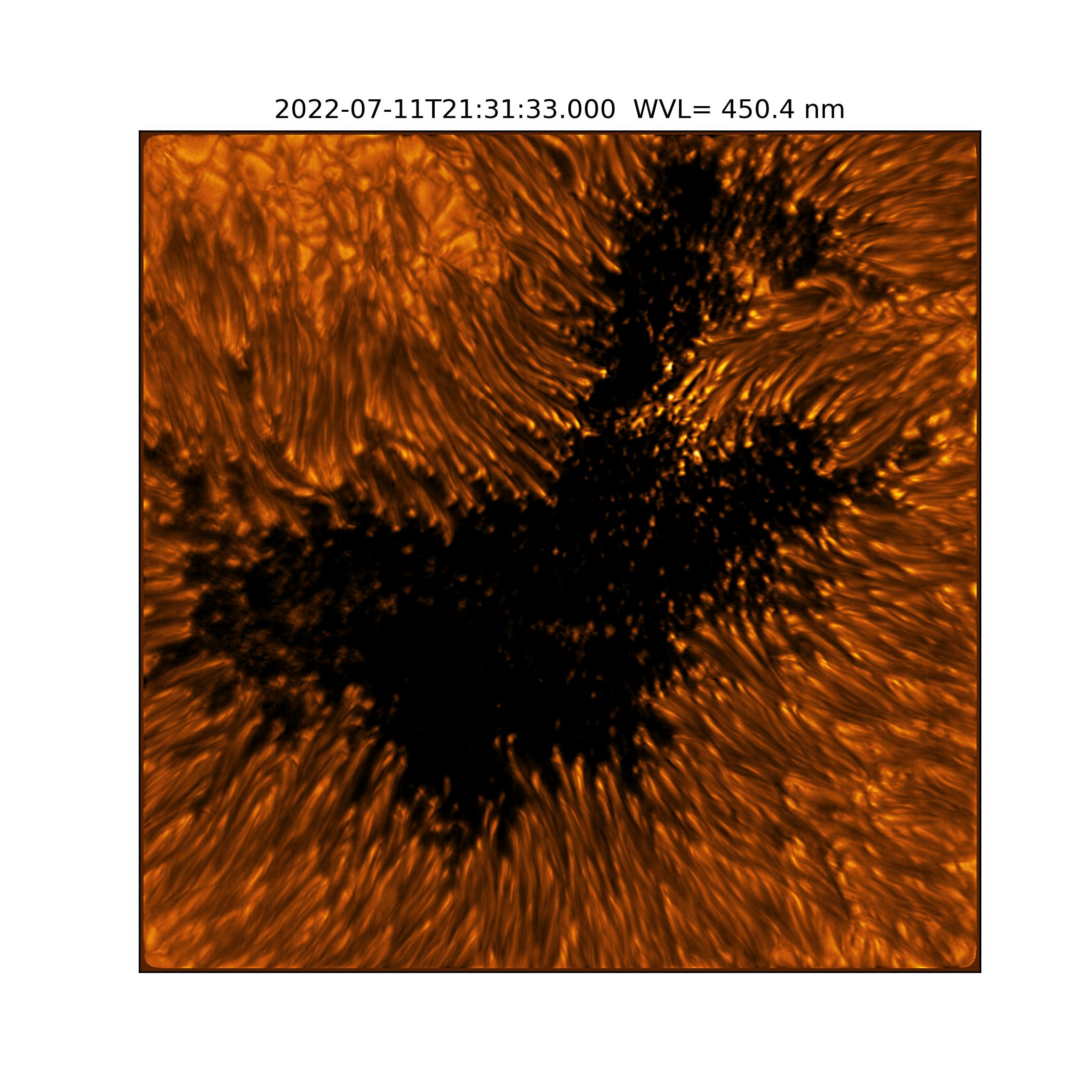
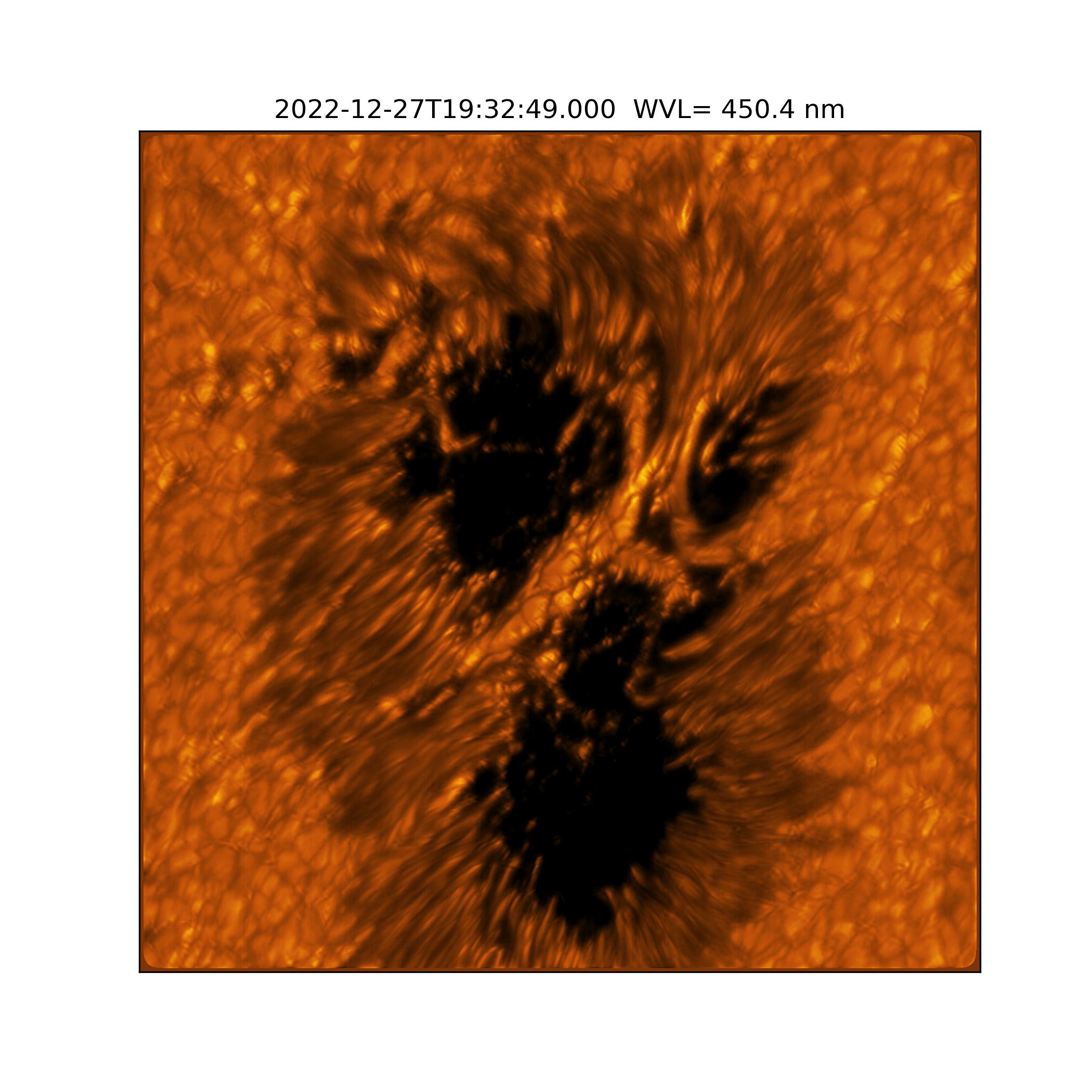
In the Sun’s atmosphere, called the chromosphere, bright filaments crisscross like brushstrokes. Magnetic fields churning below produce darker fibers of plasma beneath them, showing more depth to the solar surface than meets the eye.
And of course, the telescope zoomed in once again on the plasma bubbles that populate much of the Sun’s surface. Called solar granules, these regions are constantly in motion as plasma rises and cools.
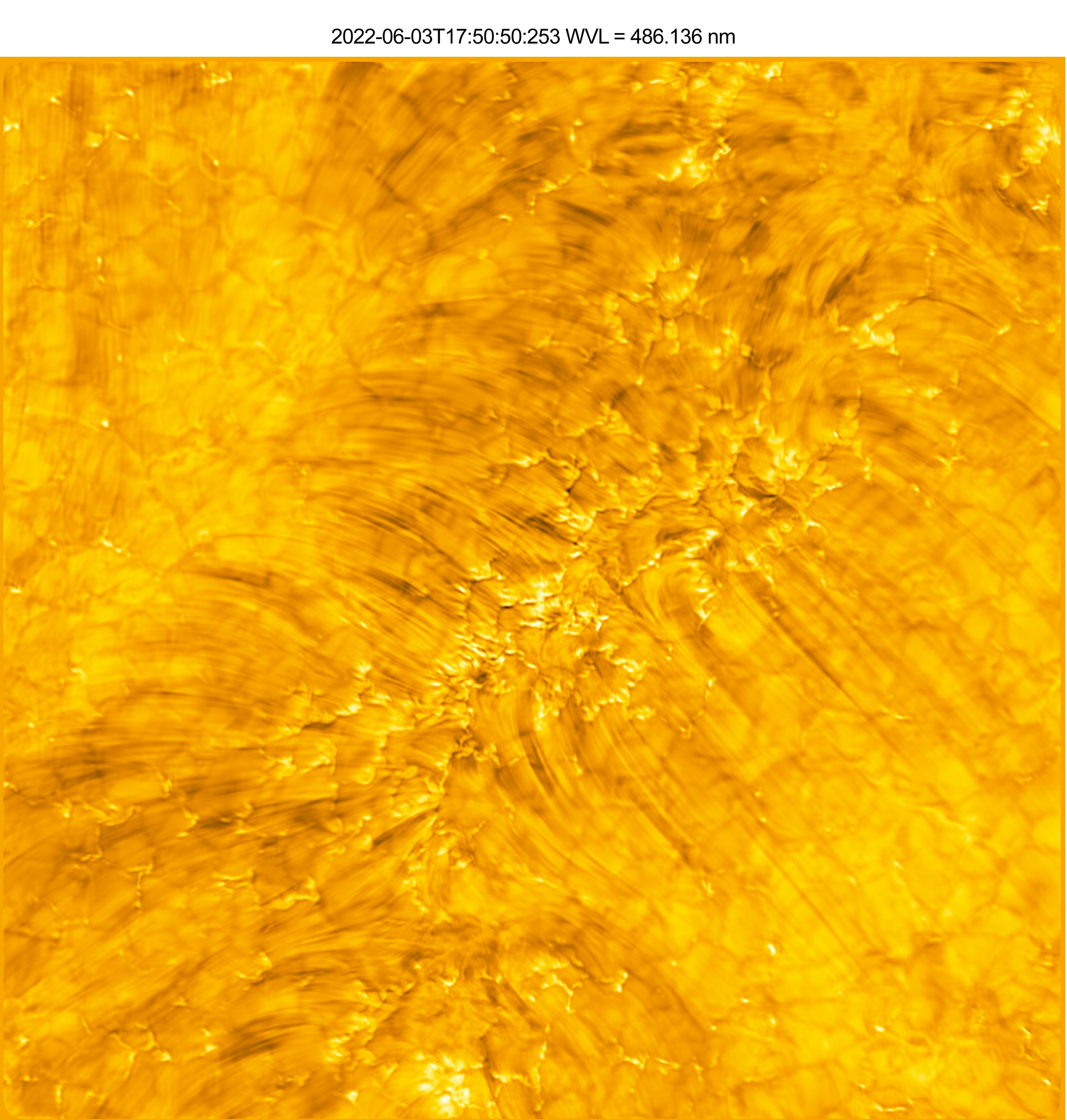
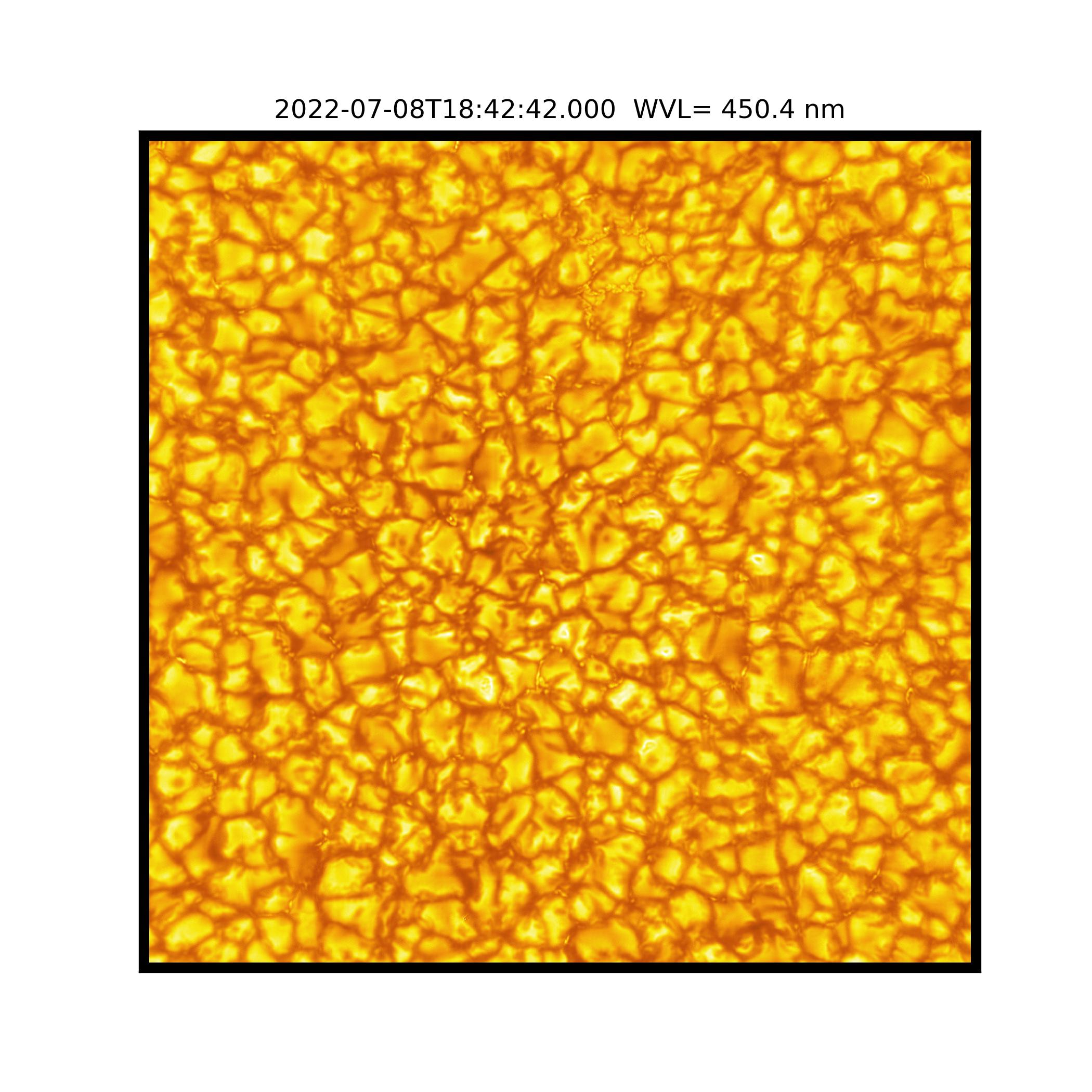
These snapshots were captured in 2022, representing only a fraction of the data collected by the Inouye telescope during that time. Detailed observations will help scientists answer longstanding questions about the Sun’s weather, its magnetic field, and its many elusive features.
In the meantime, we’ll keep getting incredible views of our host star without having to burn our eyes out in the process.







